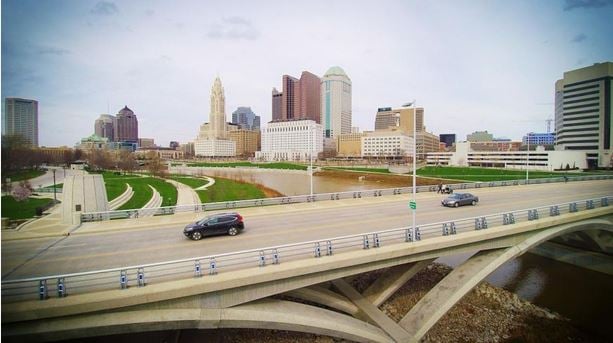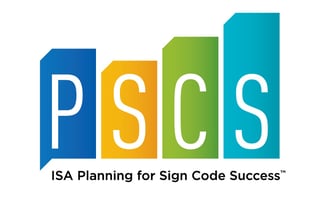The future of urban planning is apparently in Columbus, Ohio, which is planning to become America’s first “smart city.”
Planners and developers in the Buckeye State capital are kicking off this $40-million U.S. government-funded endeavor with research on traffic safety and urban mobility – especially how they relate to public safety.
Although it appears that their initial focus will be on things like traffic congestion, reducing accidents and available parking, a key part of driving safety is also the ability of motorists to quickly and easily read signs so they can get to their destination safely.
It’s not just municipal signs that play a role, although their MUTCD-focus on proper size, optimum location, adequate contrast and brightness proves that the government knows what makes signage effective and safe. If commercial signs are allowed to abide by similar principles of signage visibility, then they can contribute to safe driving conditions as well.
Many municipalities use digital signs to provide drivers with the latest road conditions and directions, while digital signs used by businesses can also help motorists quickly identify locations and process information, especially at night. ISA’s brightness level model language can help communities solve the hot-button issue of digital sign brightness, while Texas A&M’s research on digital signs and traffic safety confirms that on-premise digital signs can be used without taking away from safe driving conditions.
In addition, an increasing number of parking garages and lots, and wayfinding systems, are turning to digital to appear more dynamic and provide more information. A good wayfinding program can help guide people through a city safely. The Urban Wayfinding Manual offers support to planners and city officials interested in developing such programs.
The fact is that for a driver unfamiliar with an area, readable and conspicuous commercial signage clearly identifying a business is very helpful in safe wayfinding. Reasonably sized and placed business signs are part of the primary wayfinding system of every community, serving as landmarks and visual clues to help people successfully navigate through a city.
A city that is intelligent enough to use its sign ordinance to promote visible and effective business signs will be a safe and vibrant community, which should be a top priority for any “smart city.”
For assistance with the future of your community's sign ordinances, contact ISA's sign code experts for guidance at 







